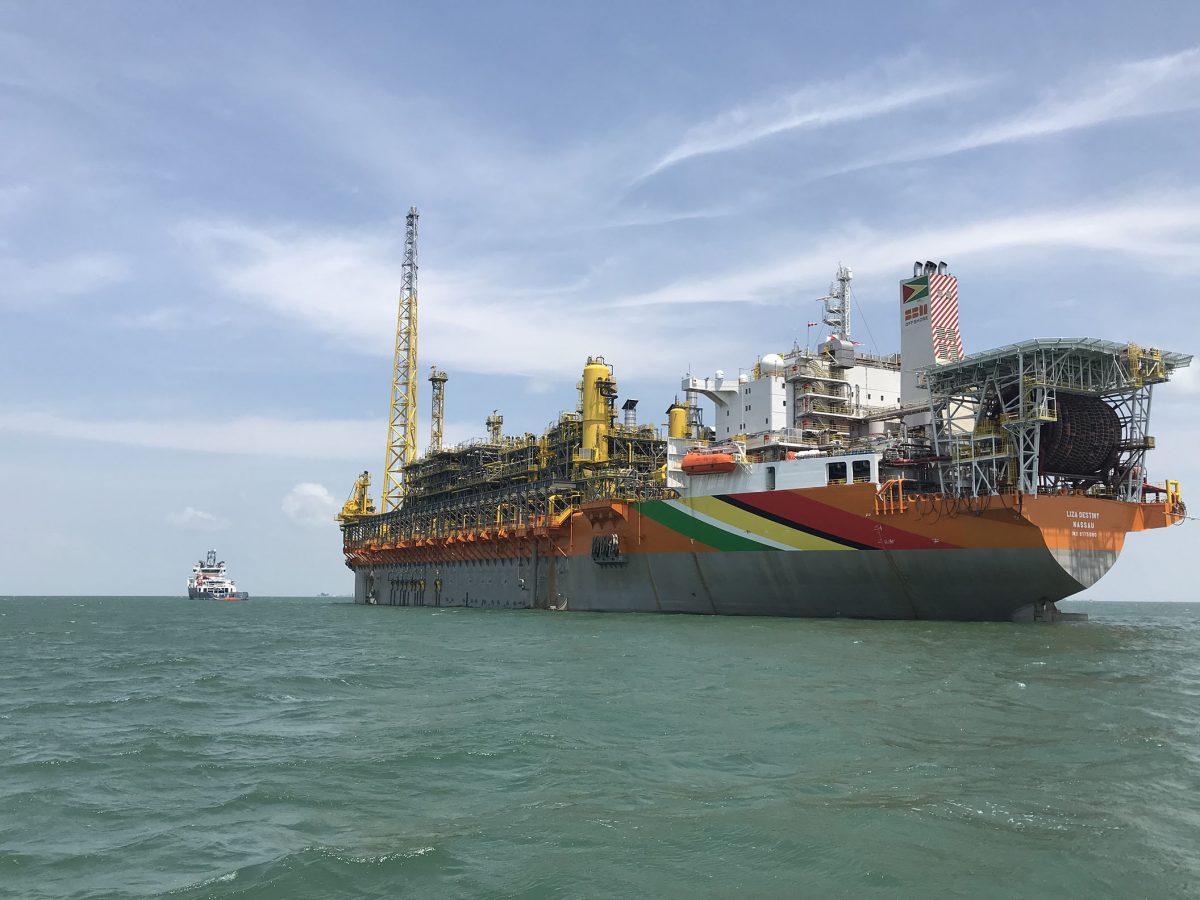The commencement by ExxonMobil less than a fortnight ago of oil recovery from what is now firmly categorized as a “world class” oil find inside its Stabroek Block, while promising to yield lucrative medium to long term returns, it set to bring even quicker returns to the global standing of the company as a world super major.
 Bank of America Merrill Lynch’s (BAML) recent forecast that the US company’s stock could surge by 47% is largely based on expectations as its production is ramped up by its oil recovery pursuits in Guyana. A recent oil industry assessment has been described as being “out of favor” with investors for much of 2019, with shares dropping 0.8% year to date as lower commodity prices “have canceled out the company’s production growth.” While the company’s earnings of $3.2 billion—75 cents per share—in the third quarter of last year reportedly exceeded Wall Street estimates they, nonetheless, were down from $1.46 per share a year earlier.
Bank of America Merrill Lynch’s (BAML) recent forecast that the US company’s stock could surge by 47% is largely based on expectations as its production is ramped up by its oil recovery pursuits in Guyana. A recent oil industry assessment has been described as being “out of favor” with investors for much of 2019, with shares dropping 0.8% year to date as lower commodity prices “have canceled out the company’s production growth.” While the company’s earnings of $3.2 billion—75 cents per share—in the third quarter of last year reportedly exceeded Wall Street estimates they, nonetheless, were down from $1.46 per share a year earlier.
In November, the influential American business and financial services company, Moody’s Corporation, commonly referred to as Moody’s, downgraded Exxon’s credit outlook from Stable to Negative asserting that the company was outspending its cash flow to fund growth plans and pointing mainly to Exxon’s heavy investment “in projects in Guyana and U.S. shale field the Permian Basin.”
So important has its Guyana pursuits become to the fortunes of the company that, according to Moody’s, it could well move to sell up to $25 billion worth of oil and gas fields in Europe, Africa and Asia, in order to inject even more funds into its major projects, numbered among which are its recovery pursuits in Guyana, Mozambique, and Papua New Guinea. What Moody’s says is likely to be a significant change in ExxonMobil’s cash flow that could see its stock price climb as high as $100 is hinged largely on confirmation of first oil from Guyana in December and what, Moody’s “expects to be 7-8 years of growth.”





